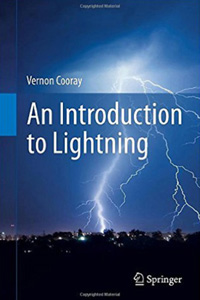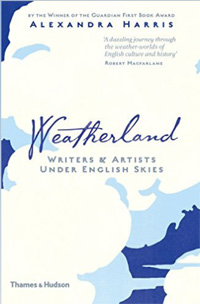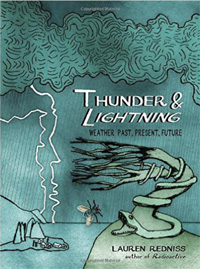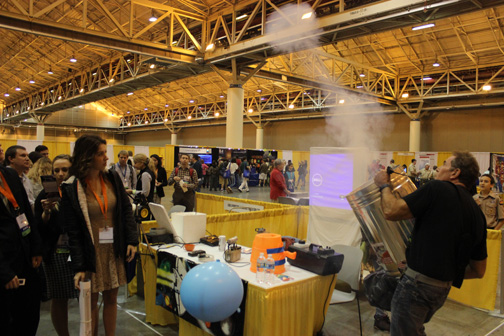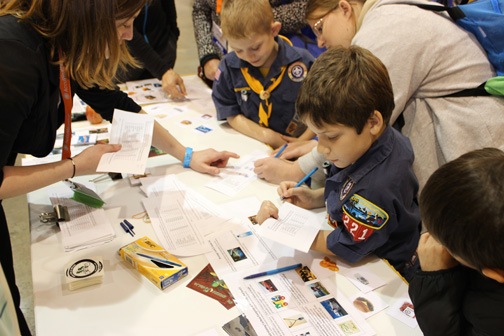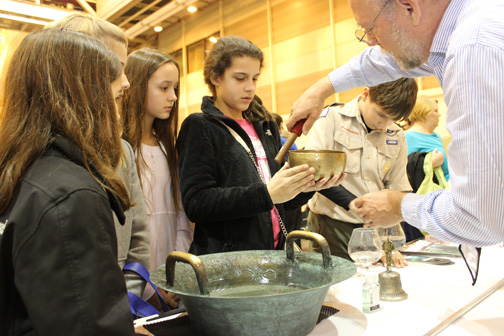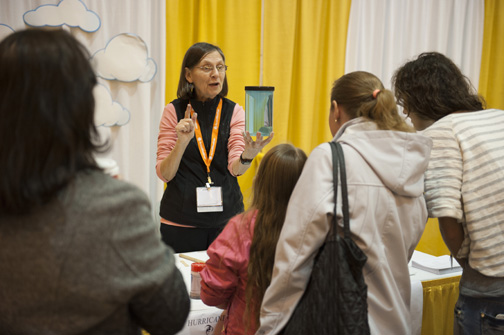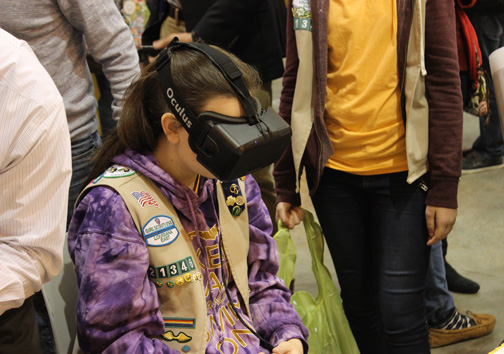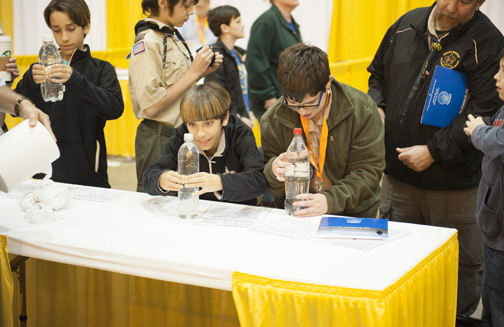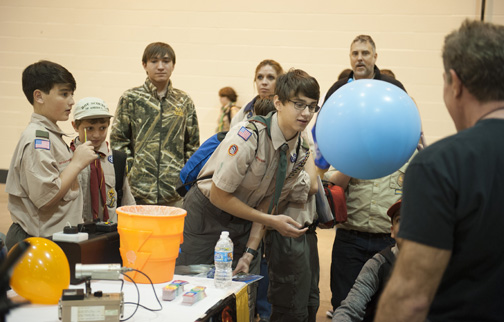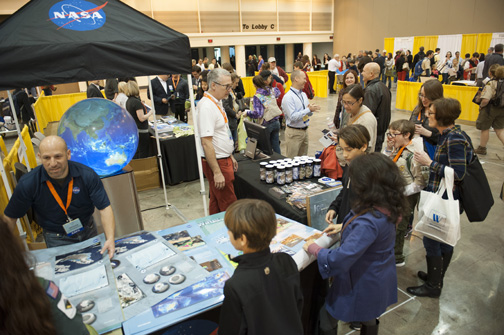By Alex Adams, Western Illinois University, AMS Communications Intern
If you go to any app store and search for weather apps, you will have thousands and thousands of suggestions thrown at you, ranging from home screen weather widgets; to big, multifunctional weather apps; to small independent apps, and everything in between. For about 99.99% of consumers, this selection meets all of their needs. For some weather enthusiasts and professionals, however, there is still a lot left to be desired in the mobile market. Information such as model data, forecast discussions, or even multiple radar products can only be found in a handful of apps; for some types of information, there isn’t even one app that can provide what we want. So when high-quality apps come along in the market that do satisfy our desires, it’s an event to celebrate.
During this week’s Annual Meeting, I had a chance to sit in on a session discussing new or already popular weather apps tailored specifically to meteorologists. All three of the apps that were presented impressed me greatly with their in-depth functionality and beautiful design. I was so impressed that I decided to take a moment and write down my thoughts about them.
- Seasonality Pro–Unveiled at last year’s meeting in Phoenix, Seasonality Pro is an iOS app designed to present the user with detailed model data that can be accessed and manipulated in many fashions with nothing more than a swipe of the finger. It includes several models, such as the GFS, NAM, RAP, and more. The intuitive design of the app lets you easily control what you see on screen, and it features a variety of functions that allows you to manipulate how data is displayed. As far as I am aware, this is one of the only apps out there that includes such detailed model data, and from what I saw at this presentation, I would consider it to be an incredibly well-designed app.
- Weather Informant – Another important aspect of having weather information ready at our fingertips is getting specific alerts, watches, discussions, etc., when we need them. Weather Informant is a relatively new app on iOS and Android that compiles all NWS products in a succinct, organized manner for easy access. The app includes the last 72 hours of everything the NWS has pushed out, so previous versions of discussions are available for comparison. The app also allows you to “favorite” certain NWS offices, types of products, types of warnings, or even just a keyword that might be mentioned. “Favoriting” allows you to quickly access these products from a separate page in the app, as well as enable push notifications so you can be notified if an alert goes live or is canceled. I am sure many will be excited about having all of this information accessible from a single place on our phones, and it seems like many areas of the field can greatly benefit from the convenience created by it.
- RadarScope – I don’t think I need to go into too much detail about this one. One of the most popular weather apps for meteorologists on both iOS and Android, Radarscope provides users with one of the most–if not the most–detailed sets of radar data available on mobile devices—an absolute necessity for storm chasers and weather enthusiasts. This year’s session outlined a lot of major plans for future updates for the app, as well as where it has gone in the past year. We were told that it is available on all mobile devices running iOS and Android, including the newest platforms, Apple Watch and Android Wear, and also that there are plans for a major 3.0 version update, including updates of UI design and layout for all platforms. As an Android lover, I was excited to hear about a Material Design update in the works. Additionally, a major feature that was announced was the added functionality for dual-pane display, allowing multiple products on the screen at the same time. At the mention of this feature, the entire room produced an audible gasp in amazement! This, along with the multitude of existing features, makes RadarScope one of the best weather apps out there. If you don’t have it yet, I would highly recommend purchasing it. Its developers are committed to producing the best mobile experience possible, and they were recognized for their efforts with an AMS Special Award at yesterday’s Banquet.
Visiting these sessions at the Annual Meeting and hearing presentations on these apps was a real pleasure. While the app-development community is usually pretty open, you don’t often get to see developers in person discussing their projects and sharing new ideas—it allows us to see how much love they have for their products. So if you get the chance, get on the App Store or Play Store, and check out these three awesome apps.
